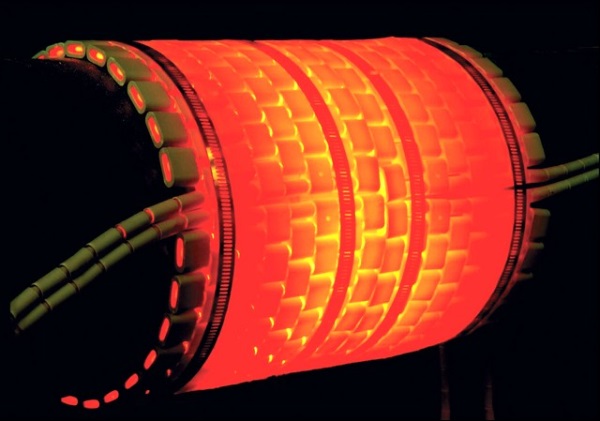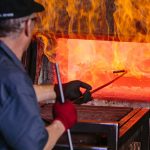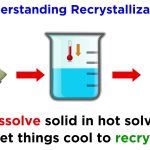Stress relieving is carried out on metal products in order to minimise residual stresses in the structure thereby reducing the risk of dimensional changes during further manufacturing or final use of the component.
Benefits
Machining, and cutting, as well as plastic deformation, will cause a build up of stresses in a material. These stresses could cause unwanted dimension changes if released uncontrolled, for example during a subsequent heat treatment. To minimise stresses after machining and the risk for dimension changes the component can be stress relieved.
Stress relieving is normally done after rough machining, but before final finishing such as polishing or grinding.
Parts that have tight dimensional tolerances, and are going to be further processed, for example by nitrocarburising, must be stress relieved.
Welded structures can be made tension free by stress relieving.
Application & materials
Stress relieving does not change the material’s structure and does not significantly affect its hardness.
Hardened and tempered parts to be stress relieved must be treated at a temperature around 50°C below the temperature used for previous tempering to avoid an impact on the hardness.
Stress relieving before nitrocarburising should be executed at temperatures >600°C.
Copper and brass components can also be stress relieved. For stainless steels a high temperature solution heat treatment is normally necessary.
Process details
The stress relieving temperature is normally between 550 and 650°C for steel parts. Soaking time is about one to two hours. After the soaking time the components should be cooled down slowly in the furnace or in air. A slow cooling speed is important to avoid tensions caused by temperature differences in the material, this is especially important when stress relieving larger components.
If necessary, stress relieving can be performed in a furnace with protective gas, to protect surfaces from oxidation. In extreme conditions vacuum furnaces can be used.
The temperature for stress relieving copper parts is, depending on the alloy, 150-275°C and for brass components 250-500°C.


